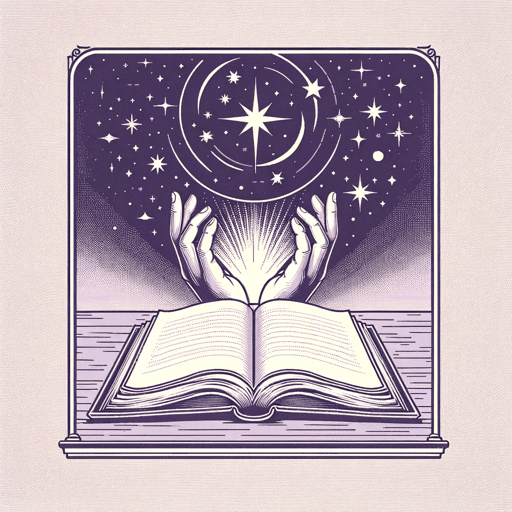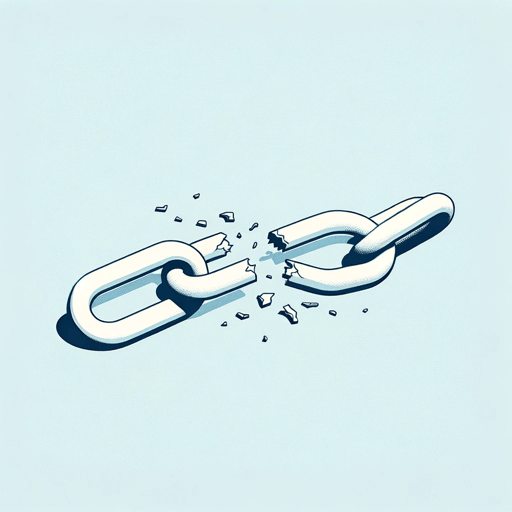48 pages • 1 hour read
Thomas PaineThe American Crisis
Nonfiction | Book | Adult | Published in 1776A modern alternative to SparkNotes and CliffsNotes, SuperSummary offers high-quality Study Guides with detailed chapter summaries and analysis of major themes, characters, and more.
Themes
Weaponizing Racial Prejudice
Throughout Paine’s pamphlets he weaponizes racial prejudices in order to insult and undermine Tories and British officials. Racism against Black and Indigenous people was common among white colonists and Britons in the late 18th century, and Paine exploits these prejudices to paint his enemies as threatening and barbaric. Paine repeatedly compares the British to “savages,” “Indians,” and “negroes” in an effort to characterize them as wild, improper, and needlessly violent.
When chastising Britain’s foreign policy, he compares Britain’s worldview to that of an Indigenous person, writing, “She considered destruction as the minister of greatness, and conceived that the glory of a nation like that of an [American] Indian, lay in the number of scalps and the miseries which it inflicts” (105). He reiterates his unfavorable comparison to Indigenous people by asking the British that if they protect a murderer “wherein do you differ from Indians either in conduct or character?” (145) Perceiving the British as rejecting the accepted European customs of war, Paine writes that “The history of the most savage Indians does not produce instances exactly of this kind” (144).
He often accuses British leaders of appealing to Indigenous and Black people for help in the war, and shames them for supposedly forging alliances with those communities.
Related Titles
By Thomas Paine




